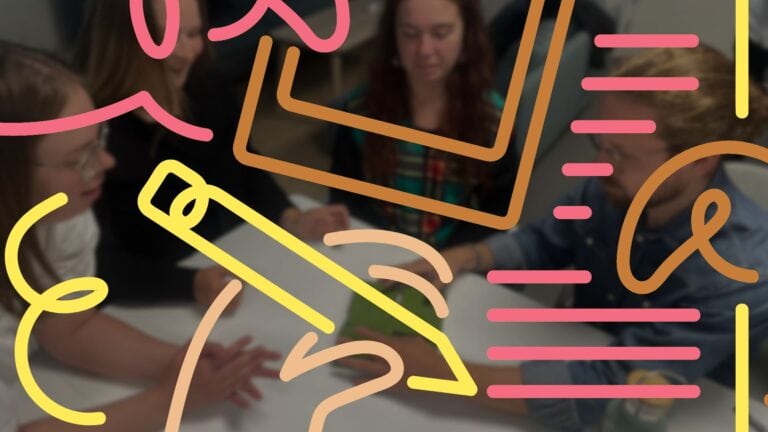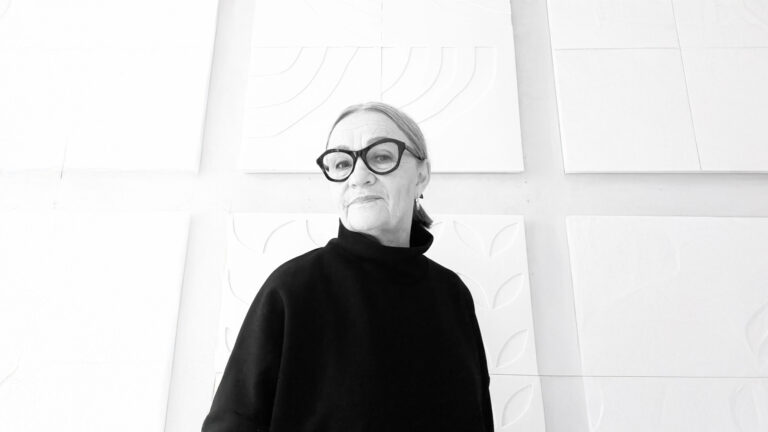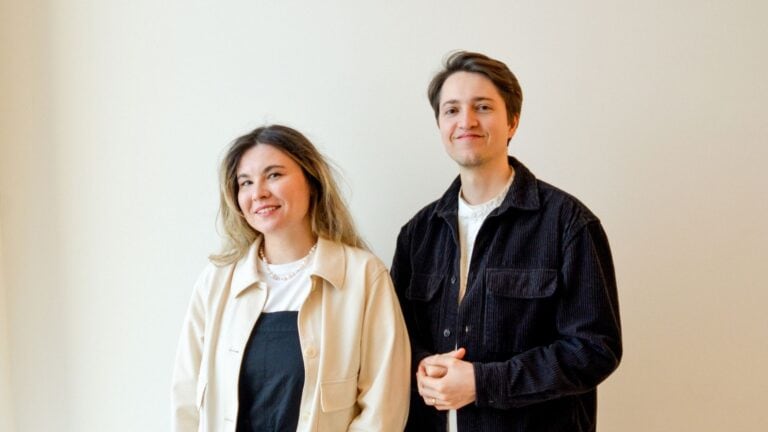eXpression design would be nothing without the cooperation of local manufacturers. They have valuable knowledge of manufacturing methods, materials and craftsmanship which they have shared with the participants. We talked to four of the manufacturing companies to hear how they experienced the programme and how they think about Swedish production.
Anders Hörnblad runs AH Träprodukter in Överhörnäs outside Örnsköldsvik. He has been running his own business since 1980 and a special carpentry shop since 1994. He manufactures mostly to order from customers, everything from kitchen fittings to windows and doors in special sizes. In the programme he has worked with Lillemor Holmgren which has developed an updated version of a spike viewer. A collaboration that has worked well.

I started by making a physical prototype for her to hold, which made it easier to talk about the product instead of looking at a drawing together. From that prototype we could then make changes," Anders says. We both had opinions about the product, which is perfectly understandable when you're not used to working with wood. Some ideas are not practical, but then you have to find solutions together.
Edvardssons in Bredbyn manufactures its own furniture as well as packaging for industry, and is a manufacturer for the second year in a row.
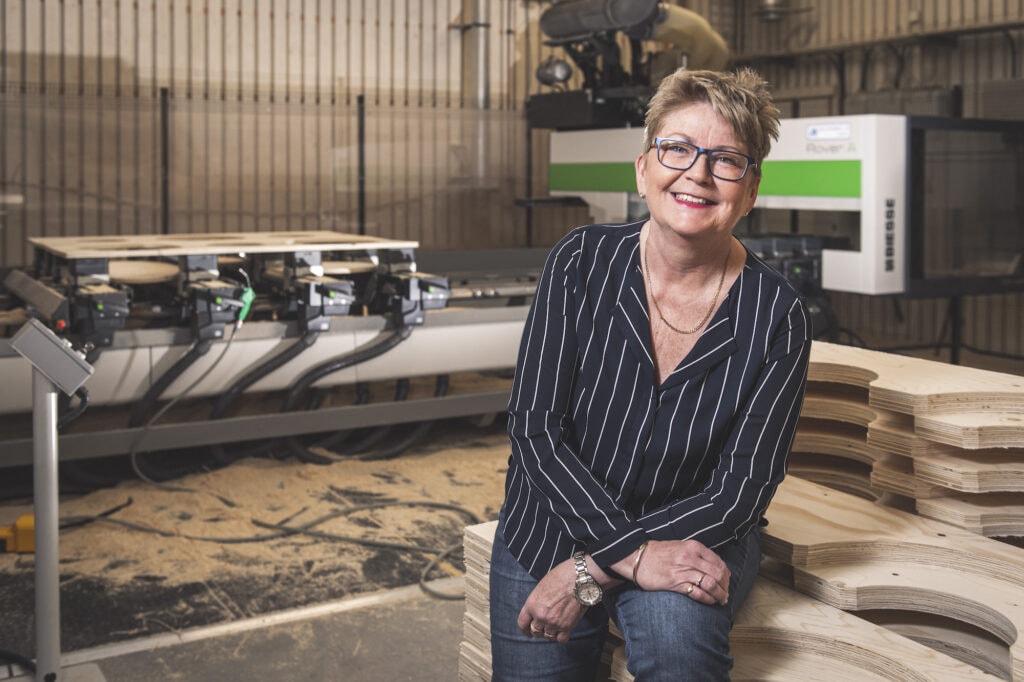
You're involved in your own product and production, and someone from the outside has different thoughts and opinions than we're used to.It's instructive, but it can also be a bit difficult at times," says Ann Strandberg with a laugh. "Last time we had to challenge ourselves a bit and use one of our machines in a way that we're not used to, which was useful and stimulating," says Ann.
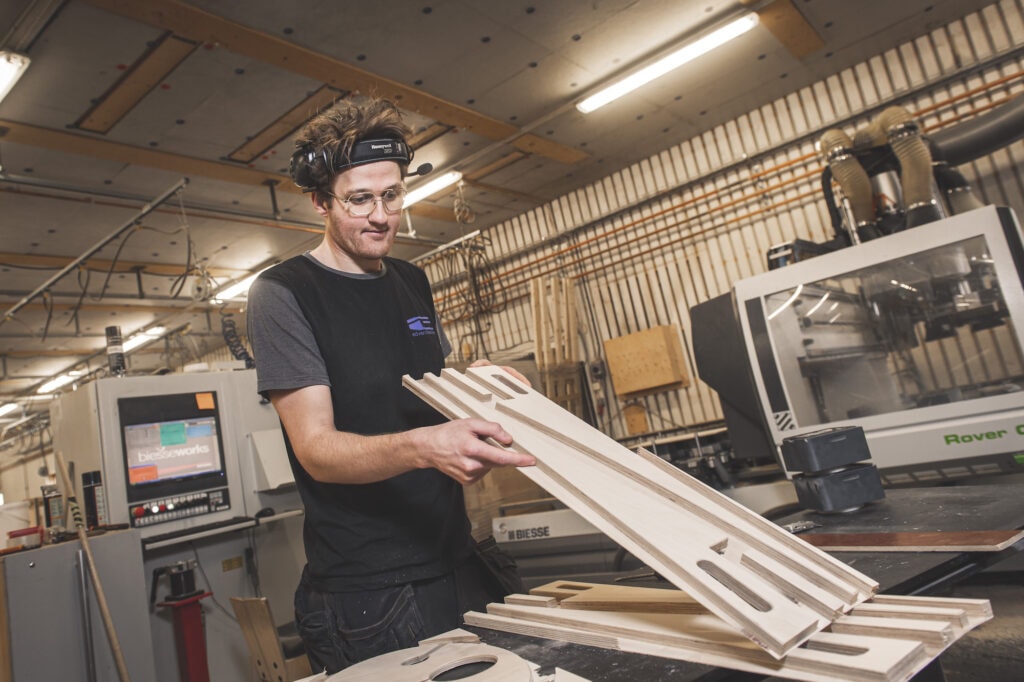
Örnsköldsviks Skärcentra, ÖSAB, is also participating for the second time and this time they worked with Angelica Timander who produced a candle lantern cut out of sheet metal.
We have been there all the way, you could say. She had made a good cardboard prototype that we could use as a basis when we drew it up on the computer. Then it was just a matter of manufacturing it, and it has worked very well," says Björn Andersson, Production Manager at ÖSAB.

The fact that the manufacturers have a lot of knowledge is valuable, but their knowledge must not change too much of the product, says Björn.
As a manufacturer, I think it's important for the creator to feel that it's their product, that they're the ones who made it. We can assist with our knowledge but it still has to have the creator's feel and be their design, so we mustn't interfere too much with the shape itself.

We feel that both the climate and the pandemic have contributed to both consumers and creators placing greater value on production, preferring to have their products made as close to home as possible. This is also important to manufacturers.
Swedish production will be a must in the future if Swedish society is to survive. We must start buying more from ourselves than cheaper from others if Swedish entrepreneurs are to survive," says Roger Vedin, CEO of Ågrenshuset.

Manufacturing locally benefits not only the manufacturer, but also others around the area," says Björn Andersson.
As mentioned above, the participants will develop a product that is produced locally, but the programme will also cover the other aspects of product development. Economics, packaging, marketing. You have to be aware of all the links, something both Ann Strandberg and Roger Vedin agree with.

I think it's great that there is a business anchor. When the products go out and are sold in stores, they must be able to be sold and it must be economically viable, so to speak," says Roger Vedin, CEO of Ågrenshuset.
It's not ready until it's out in the field. It has to be shipped in a sensible way and last all the way to the customer. It's not easy. For the creators, this programme has to be absolutely super!" concludes Ann.
Photo by Jonas Forsberg. www.jfp.se



